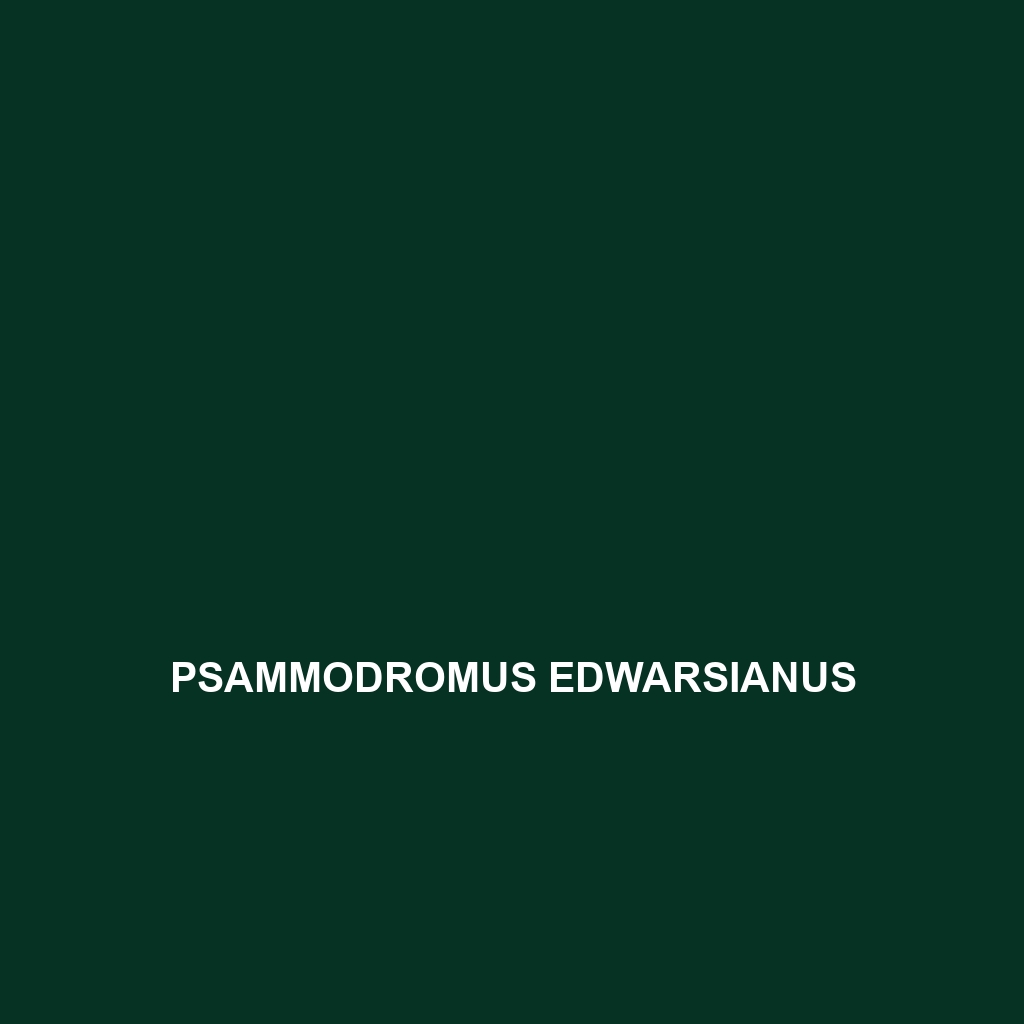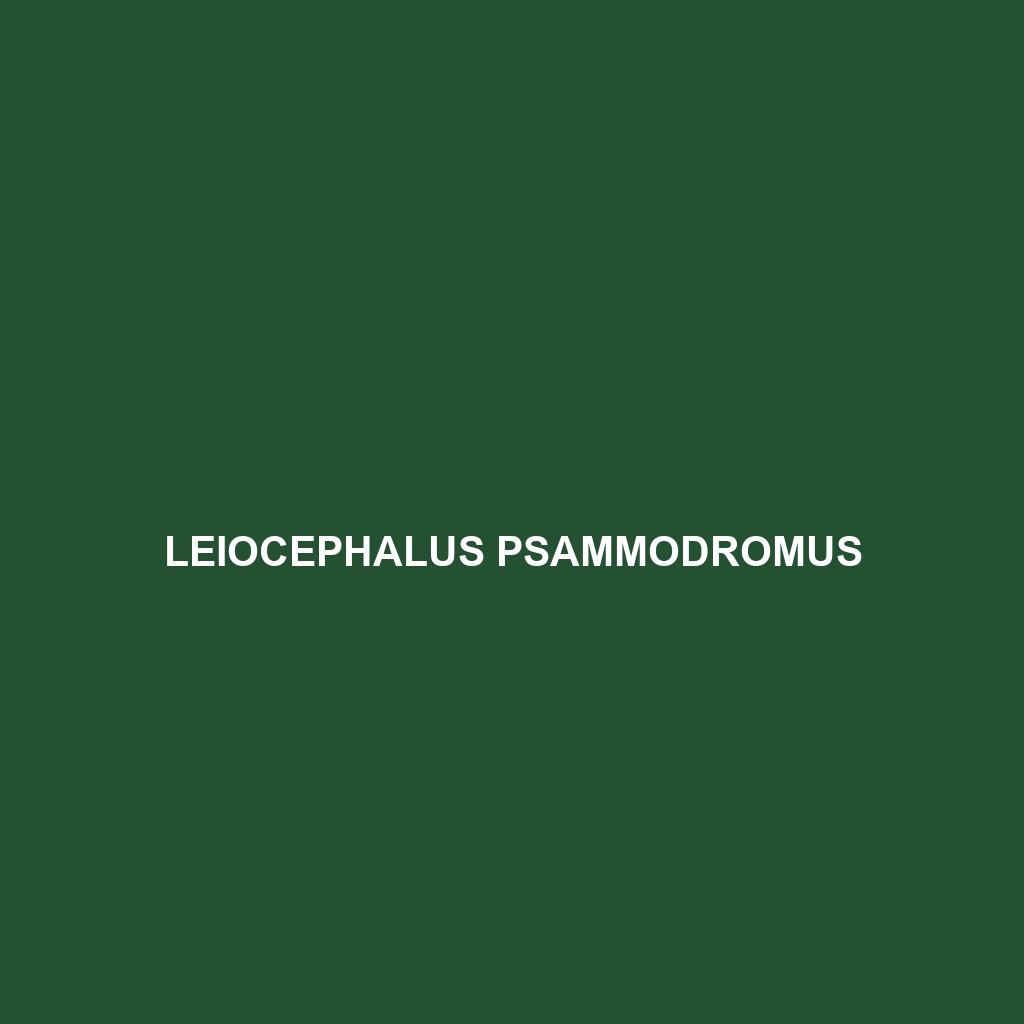Psammodromus blanci, also known as the Blanci sand lizard, is a slender, elongated reptile native to the warm, arid regions of southwestern Europe, thriving in sandy plains, dry grasslands, and scrubland. Known for its distinctive light brown and gray coloration, this agile insectivore plays an essential role in controlling insect populations and serves as prey for larger predators.
Tag: sand lizard
Psammodromus blanci
Psammodromus blanci, also known as the Blanci sand lizard, is a slender, elongated reptile native to the warm, arid regions of southwestern Europe, thriving in sandy plains, dry grasslands, and scrubland. Known for its distinctive light brown and gray coloration, this agile insectivore plays an essential role in controlling insect populations and serves as prey for larger predators.
Pedioplanis undata
Discover the <b>Pedioplanis undata</b>, commonly known as the sand lizard, a diurnal insectivore native to southern Africa's arid regions. With its distinctive mottled coloration and exceptional burrowing abilities, this species plays a crucial role in maintaining ecological balance while thriving in sandy habitats.
Meroles suborbitalis
Discover the fascinating Meroles suborbitalis, or sand lizard, renowned for its slender body, striking sandy coloration, and diurnal habits. This insectivorous lizard thrives in arid habitats across southern Africa, playing a crucial role in maintaining ecological balance.
Meroles micropholidotus
Discover the fascinating Meroles micropholidotus, also known as the sand lizard, a diurnal insectivore thriving in southern Africa's arid savannas and scrublands. With its unique micro scales for moisture retention and vibrant courtship displays, this species plays a crucial role in maintaining ecological balance while showcasing remarkable adaptability.
Liolaemus gravenhorstii
Discover the fascinating Liolaemus gravenhorstii, or sand lizard, which thrives in the temperate zones of the southern Andes, showcasing a vibrant coloration and remarkable adaptability in diverse habitats. This diurnal insectivore plays a critical role in its ecosystem by controlling insect populations and serving as prey for larger predators.
Leiocephalus psammodromus
<p>Discover the <b>Leiocephalus psammodromus</b>, or sand lizard, a resilient species native to the Caribbean's warm climates. This omnivorous lizard thrives in diverse habitats, showcasing fascinating behavior and remarkable camouflage that enhances its survival in the wild.</p>
Lacerta agilis
<p><b>Lacerta agilis</b>, commonly known as the sand lizard, is a medium-sized insectivorous lizard found in dry, sandy habitats throughout Europe and parts of Asia. With vibrant green males during mating season and a significant role in pest control and ecosystem balance, this adaptable species thrives in diverse environments including heathlands and gardens.</p>
Ctenotus zastictus
This stunning Ctenotus zastictus, native to Australia’s arid regions, features a slender body measuring 10-15 cm, with distinctive brown or grey stripes for camouflage. An agile, diurnal insectivore, it plays a vital role in controlling pest populations while contributing to healthy ecosystems through its burrowing behavior.








